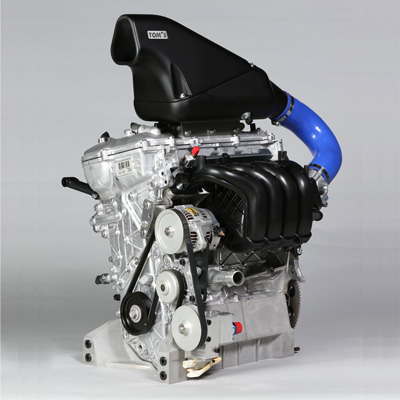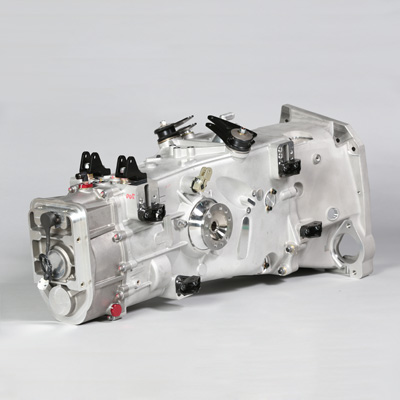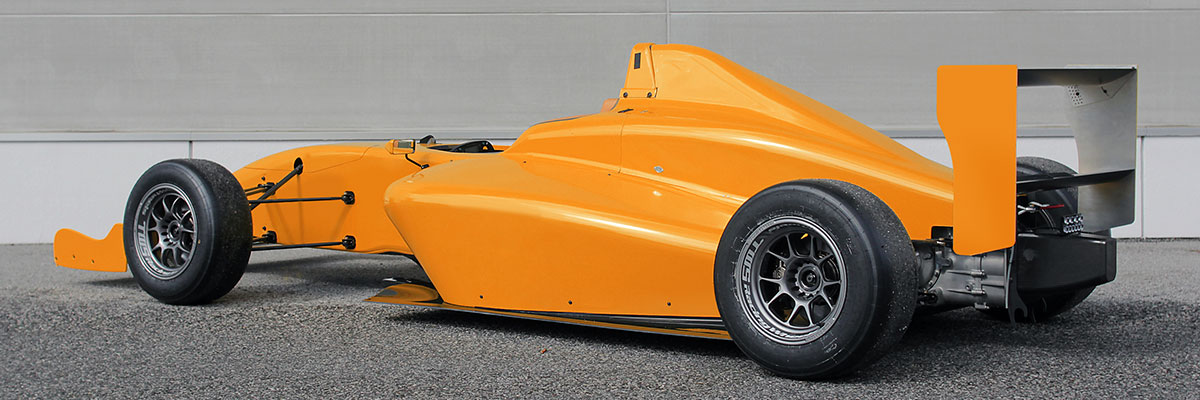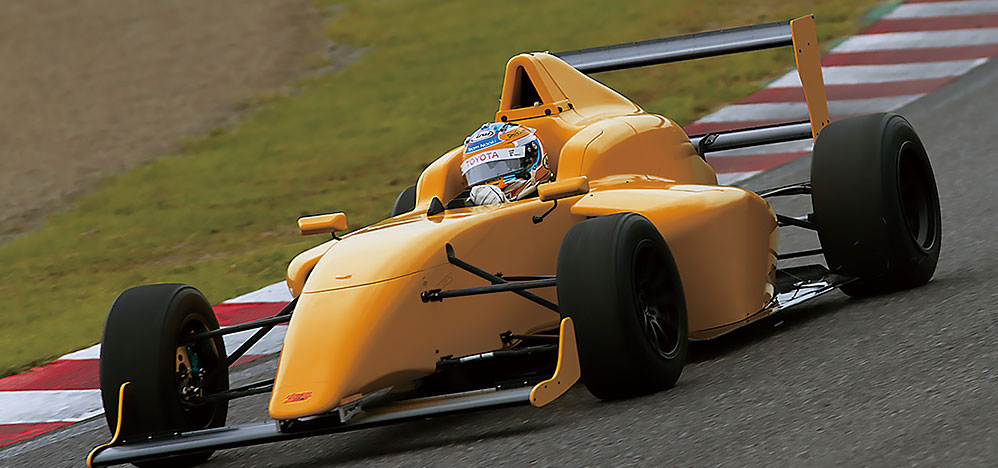What is FIA-F4?
■The New International Common Standard
FIA-F4 is the international common standard junior formula league, established in Italy in 2013, and eventually spreading to Japan, the U.K., Germany, and Austrailia in 2015. GTA(GT Association), who runs SUPER GT, was tasked for promotion, and started the annual competition of the F4 Japanese Championship series. The FIA established this international competition in 2014 for the purpose of creating a gateway for junior drivers over 15 years old who have acquired experience through cart racing.

Although FIA-F4 is held as a “One-make Race” using FIA approved chassis and engines based on the international common standard, the chassis and engine are selected by every promoter in each country. Thus, the chassis and engine are different for each series. However, the range of power curves and maximum output (115kw = Apx.160PS) are decided by the FIA. This enables equal conditions and minimizes the difference in performance.
■High cost performance due to maximum price setting


The strict maximum price, or “Cap Price”, is set by the FIA as the international common standard regarding vehicle prices. As of 2015, the “Cap Price” decided by the FIA is EUR 38000, or JPY 5.32 million for the chassis(No engine, includes gear box, paddle shifters, and data loggers), EUR 9500 (Apx. JPY1.35 million) for the engine itself, and assuming that the car drives 10,000 km a season, EUR4000 (Apx. JPY 550,000) for a rebuild after one year.
GTA, who runs the FIA-F4 championship, adopted the Dome F110 chassis and the TRZ42 engine—a 2000cc naturally aspirated in-line 4-cylinder developed by TOM’s Racing. It has been determined that the contract will be JPY 1.05 million per year for 3 years, including the annual rebuild charge. The engine itself will be delivered to the user when the agreement is expired.
Compared to existing race categories, FIA-F4 is similar to JAF-F4 for performance and equivalent to F3 for safety, all while the cost is much more affordable than past categories for junior formula cars.
■Exposure and Scholarships
Every Japanese FIA-F4 championship series is held in front of a large audience as a set of 2 races in one event, supported by SUPER GT. GTA TV also broadcasts to various TV programs, and the opportunity of exposure is dramatically increased when compared to past junior formula categories.
GTA will prepare a maintenance tent at the paddock in each event. JMIA (DOME / TOM’S / TODA RACING) will also set up a user support window including spare parts and technical issues—reducing the running cost and aiming to secure convenience for participants. Moreover, GTA confers a 10 million scholarship for series champions to participate in upper categories. Meanwhile, GTA has been preparing to secure a step-up route to the Japanese Formula 3 Championship or SUPER GT. Team ranking is ranked formally and awarded by Minister of Land, Infrastructure, Transport and Tourism, and JMIA. Currently, drivers with a limited A license, which can be acquired from 16 years old, can participate in Japanese FIA-F4 championship series. However, GTA has been negotiating with various relative fields to let drivers from 15 years old participate in the race to align to FIA policy.
■Various members of participants
Various members have entered the Japanese FIA-F4 Champion series starting from 2015. Entrants were taking part in the Race through training support programs by TOYOTA and HONDA, who were developing the FCJ (Formula Challenge Japan) in the past, in the meantime, scholarships from foreign manufacture or domestic independent racing schools were added, and a totally new field has opened up for drivers stepping up to the upper categories.
The entrance of satellite teams from the other categories like SUPER GT or SUPER FORMULA has made the Dome F110 a training tool for not only drivers, but engineers and mechanics.
FIA-F4 has attracted an audience larger than existing junior formula categories, as the larger amount of participants brings a display of fierce battles and tests of skill.
■How to Enter
There are various ways to enter FIA-F4, with the simplest being that a driver purchases the chassis and engine, becomes an owner driver and participates in the race. A team can also prepare a chassis and engine, then hire a driver for the team with a stipend. Furthermore, a maintenance garage can purchase and own the chassis and engine, then hire a driver. In this case, drivers can participate in races if they pay rental charges.
There has been a surge of enthusiasm for FIA-F4, unseen for any other domestic junior formula category in the past.

